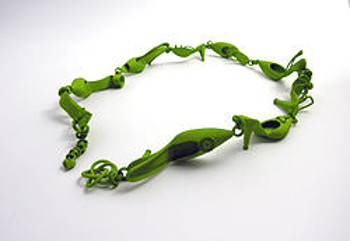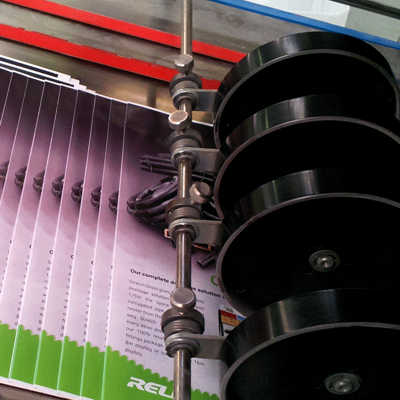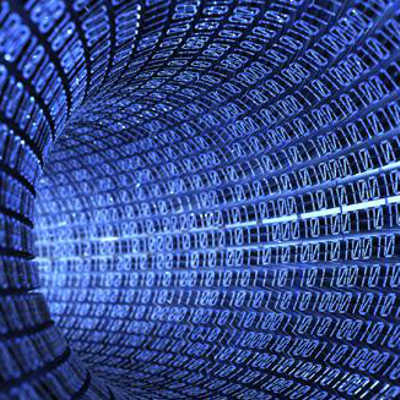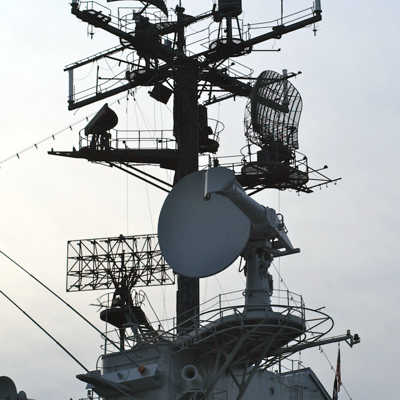 3d print jewelleryThree-dimensional, or 3D, printing describes the process of creating three-dimensional objects from digital files using a materials printer, in a manner similar to printing images on paper.
3d print jewelleryThree-dimensional, or 3D, printing describes the process of creating three-dimensional objects from digital files using a materials printer, in a manner similar to printing images on paper.
In simple terms it’s a way of manufacturing that takes three-dimensional image files and “prints” them into physical objects using a variety of materials, usually plastic. The printers themselves are normally little bigger than a shoe box, although they do come in larger sizes. Image files are usually created from programs such as Google SketchUp, AutoCAD and Adobe Illustrator which are then sent to a 3D printer through a USB connection — just like you would send a normal document.
How are objects ‘printed’?
The 3D-printer prints out the object layer by layer similar to a printer creating text and images line by line. This additive process, as it is called, is unlike sawing or sanding which are subtractive processes. With the 3D-printer an object is built from scratch. If you’re printing a plastic figurine, for example, the ink would be melted plastic poured through an extruder and built up one thin cross-section at a time. It can be time-consuming: such printing can take a few minutes or a few hours.
Who would use 3D-printers?
In essence, anyone can. Architects often use them to produce scaled-down models of building units. Artists are known to use them to produce works of art. There is one example of an enterprising orthopaedic surgeon who used a 3D-printer recently to make replicas of a patient’s bones in preparation for surgery – saving his hospital a considerable amount of money.
Currently standard applications include design visualisation, prototyping/CAD, metal casting, architecture, education, geospatial, healthcare and entertainment/retail.
The potential of 3D-printing makes it as cheap to create a single item as it is to produce thousands which undermines economies of scale. Because of this some observers say it may have a profound impact on the world just as with the steam engine in 1750 or the printing press in 1450 or the transistor in 1950. Right now nobody really knows or understands the long-term impact of 3D-printing. But the technology is here and it is likely to leave its mark on every field it touches.
Copyright © 2011, DPNLIVE – All Rights Reserved








